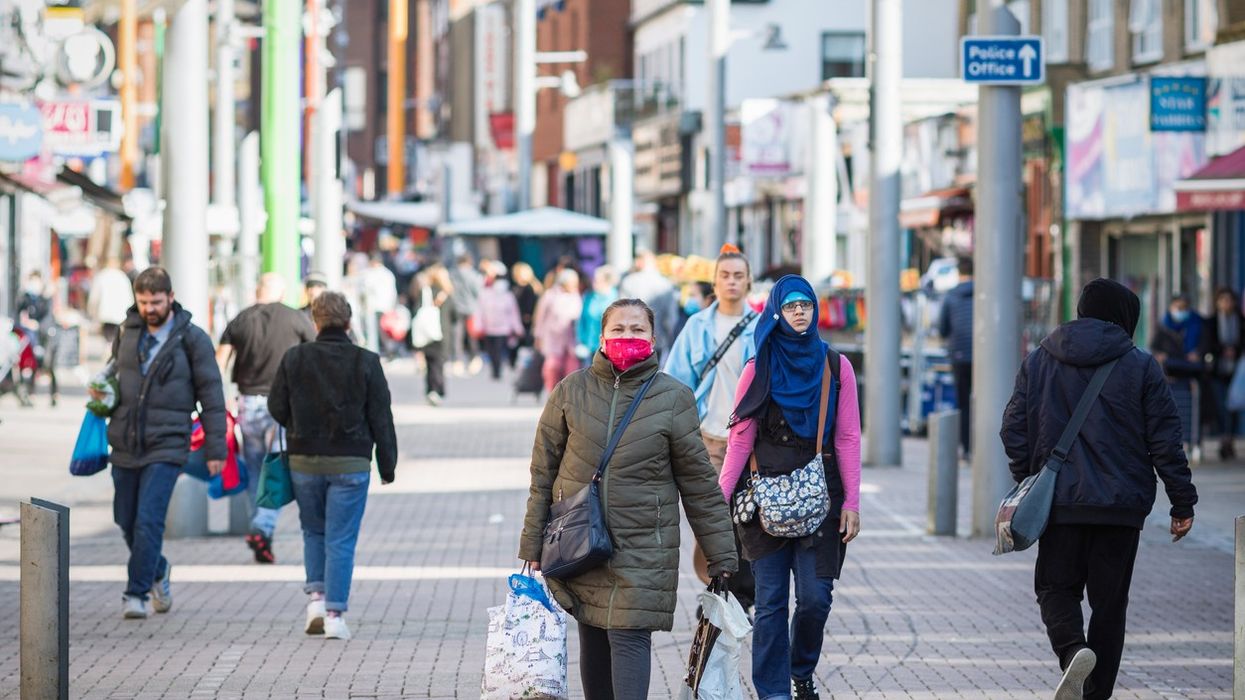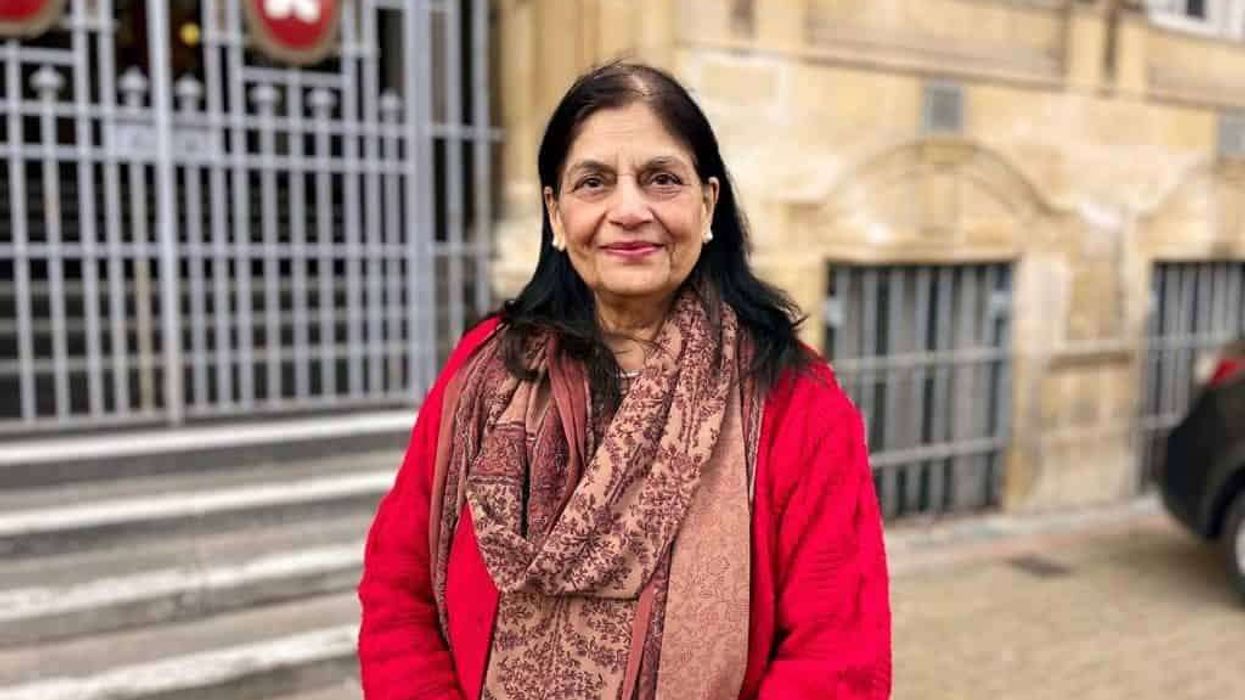THE government will invest an additional £18 million in 12 Opportunity Areas across England including Blackpool, Derby and Oldham to level up outcomes in education and support recovery from the pandemic.
The funding will be part of the Opportunity Area programme, which entered fifth year, and aims to help children and young people improve in Maths and English.
It will also support pupils who are at risk of falling out of education or give older students the confidence and skills to make the leap from school into work, an official statement said.
Since 2016, the programme invested £90m on improving school standards,attendance, teaching quality and recruitment, careers training and advice, literacy and maths skills, alongside tackling barriers to learning that exist beyond the school gates.
“Opportunity Areas have been making a real difference in levelling up the outcomes for children and young people in some of the most disadvantaged parts of the country, from early years into employment. We have seen this difference in the rising standards in key subjects like maths and phonics, in how the targeted support available is boosting young people’s confidence to succeed and in how each area was able to adapt to the challenges of the coronavirus pandemic," said Opportunity Areas minister Michelle Donelan.
“I have seen first-hand how the dedication and commitment of people on the ground in these areas is driving school improvement and removing the barriers to success. This funding will enable them to continue this important work, help sustain long-term improvements and outcomes, support even more children and young people, and level up standards across England.”
As part of the programme, the Sheffield City Region adopting a high-quality skills and careers strategy to create more opportunities for young people, following a successful roll out by the Doncaster Opportunity Area.
Hasting Opportunity Area’s work supporting literacy inclusion and covid recovery will be shared to help children and in Portsmouth and East Sussex, and Stoke-on-Trent’s twinning activities in Rotherham and Lincoln will provide mentoring for vulnerable and disadvantaged young people through community work at their local football clubs.
These activities will build on the existing successes of the Opportunity Area programme which include phonics results in Derby improving significantly in recent years, with the percentage of year one pupils achieving the phonics standard increasing to 83 per cent in 2019, surpassing the national average.
According to the department of education, an innovative recruitment campaign across the North Yorkshire Coast has filled 225 teacher and support role vacancies in 45 schools, 40 coming from outside the area as did 13 new Teach First trainees, reducing spending and reliance on supply staff.
The proportion of children in West Somerset achieving the expected levels in the early learning goals has also increased year-on-year since 2016, from 57 per cent in 2016 to 73 per cent in 2019, which was above the national average of 72 per cent.
Over the past four years, the areas have been led by local people delivering tailored solutions to tackle entrenched problems in places for too long left behind, using local knowledge to address social mobility challenges, and levelling up the opportunities for thousands of young people to reach their potential, the statement added.













